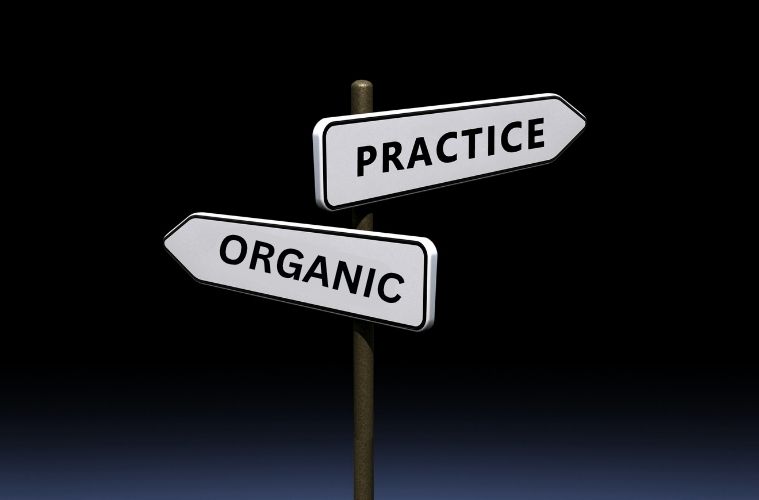There’s a common belief that eating healthy means spending more. Organic labels, speciality ingredients, meal delivery kits—they all contribute to the idea that wellness comes at a premium. But in reality, a nutritious, balanced diet is often more affordable than processed, convenience-heavy meals—if you approach it strategically.
Understanding how to eat well on a budget isn’t about deprivation. It’s about planning, simplicity, and knowing where your money goes.
The Hidden Cost of “Convenience”

Most households underestimate how much is spent on takeout, last-minute groceries, and processed snacks. These small, habitual purchases add up quickly, financially and nutritionally.
Ultra-processed foods may appear inexpensive upfront, but they often lead to higher health costs over time, contributing to fatigue, chronic conditions, and even mental health decline. Prioritising whole foods isn’t just better for the body—it’s a smarter long-term financial move.
Shift the Focus: From Organic to Practical

While organic and superfoods are often spotlighted in health content, they aren’t necessary for a nutritious lifestyle. Beans, brown rice, oats, eggs, frozen vegetables, canned tuna—these are affordable, nutrient-dense staples found in nearly every grocery store.
Buying frozen or in bulk, focusing on seasonal produce, and minimising food waste are simple shifts that preserve nutritional value without inflating your grocery bill.
Planning Is Everything

One of the biggest budget drains is impulse buying. Without a meal plan or grocery list, people tend to over-purchase, under-use, and waste food. The result? Unused items, spoiled produce, and another order on a food app.
Creating a basic weekly meal structure—even if it’s just five dinners—can dramatically reduce overspending. Batch cooking and reusing ingredients across multiple meals (like roasting a large tray of vegetables for salads, bowls, and wraps) ensures your budget stretches further while keeping variety intact.
Rethink “Healthy”

Eating healthy doesn’t mean every meal has to look like a wellness influencer’s Instagram feed. It’s less about aesthetics and more about balance: fibre, protein, healthy fats, and whole carbs.
Simple meals like a vegetable stir-fry with rice, lentil soup, or a tuna sandwich with greens are nutritionally rich and cost-effective. Avoiding perfectionism—and focusing instead on consistency—makes healthy eating both sustainable and affordable.
Final Thoughts
Eating well on a budget is fully possible, but it requires shifting perspective. Rather than chasing health trends or expensive ingredients, the most sustainable approach is rooted in planning, basic nutrition knowledge, and consistent habits.
When food choices are intentional—not impulsive—you protect both your health and your wallet. And over time, that becomes more powerful than any diet trend or grocery gimmick.
